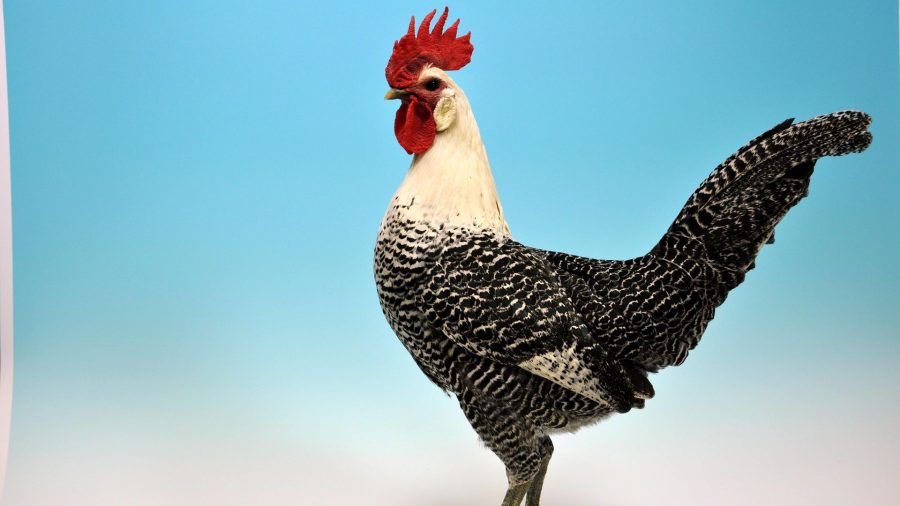Wondering which chicken breed is right for you? Our chicken breed guide will help you decide! This time, we’re looking at Campines, which are well-known for being good layers, producing lots of white eggs
Andy Cawthray on the Campine
Overview/Summary of the Campine
Coming in two plumage types, this Belgian breed, the Campine (pronounced Kam-peen), was well known for its ability to lay good numbers of white eggs. More recently though it is found on the exhibition circuit.
Origins of the Campine
The Campine is a very ancient breed with reference being made over 500 years ago during the reign of Emperor Charles V to “a farmyard fowl with silver hackles”. This is believed to be the first observation of the breed type however loose references can be found during the time of Julius Caesar. In more modern times the Campine played a significant role in the world of genetics, contributing the research around autosex linkage in the 1920-30’s
Physical features of the Campine
The Campine is present in only two plumage types, gold and silver, and can be quite solid in feel if not in appearance. They have an upright posture with an alert appearance enhanced by the dark brown eyes and black pupil. The comb is single and upright and the legs are a leaden blue colouring.
- Hen: The Campine hen weighs 5lb (2.25kg). A medium sized neat single comb is coupled with medium sized wattles delivering an elegant balance to her head. They are not prone to broodiness and have a spritely presence about them at all times.
- Cock: The Campine cock should be around 6lb (2.7kg) in weight. His plumage will be similar to the hens however the tail will carry more black plus the comb and wattles will be much more pronounced. He can carry a reasonable amount of meat making them a rather useful breed to keep however not quite to the capacity of a good dual purpose breed.
- Eggs: The eggs of the Campine are white. Whilst this breed was developed for egg production some of todays stock has been breed for plumage at the expense of productivity.
Campine temperament
As with most of the light boned country fowl, the Campine is a lively and resourceful bird.
Caring for Campine chickens
The Campine is best suited to a free range environment, they can be kept in a confined run however roofing would advisable if keeping them in the run is a requirement. Hardy and quite capable of coping with most weather conditions, the breed has no special care requirements beyond suitable food and shelter.
Campine availability
As a breed the Campines go back a long way, however, over that time their original capacity as good egg layers has suffered at the expense of the show bench, which makes productive stock difficult to locate. It does though mean that if you are wanting layers and show birds, then prices can be a little more reasonable.
Image(s) provided by:
Goodwin and Mannion







